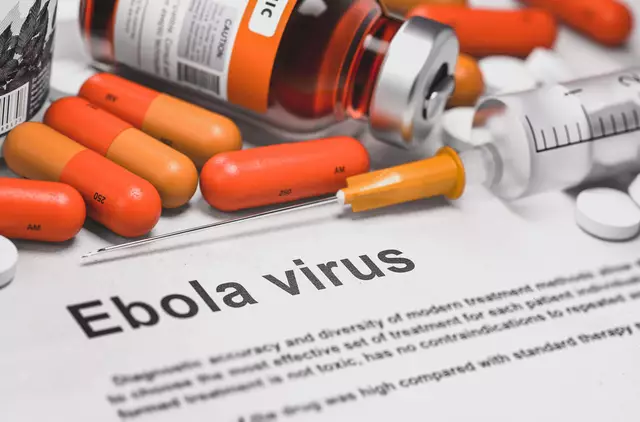Hydrocortisone: what it is, how to use it safely
Hydrocortisone is a mild corticosteroid used for skin inflammation and, in other forms, for low cortisol or severe inflammation. You probably know it as an over‑the‑counter cream for rashes and itching. But hydrocortisone also comes as prescription creams, oral pills, and injections — and those different forms behave very differently.
Topical hydrocortisone (creams, ointments) treats eczema, contact dermatitis, insect bites, and mild allergic rashes. Use a thin layer to the affected area once or twice daily unless your doctor says otherwise. Don’t cover the treated skin with airtight dressings unless advised — that boosts absorption and risk.
Oral and injectable hydrocortisone replace or boost cortisol in adrenal insufficiency and treat severe inflammation in certain conditions. These forms can affect your whole body, not just one area of skin. That’s why systemic use needs a doctor’s supervision and sometimes blood monitoring.
Common side effects and safety tips
For topical use, watch for skin thinning, stretch marks, temporary discoloration, and irritation. Those risks rise if you use high‑strength creams, large areas, or use them for weeks. For oral or injected hydrocortisone, expect possible weight gain, fluid retention, high blood sugar, mood changes, and higher infection risk when used long term.
Quick safety rules: use the lowest effective strength for the shortest time; avoid putting steroid cream on infected skin; don’t use potent steroids on the face, groin, or thin skin without medical advice. If a child or pregnant person needs treatment, check with a clinician first — dosing and risk differ.
If you stop long‑term systemic hydrocortisone suddenly, you can get adrenal insufficiency. Doctors taper the dose to avoid that. Also tell any treating clinician you use steroids before surgery, vaccinations, or if you get a serious infection.
Practical tips for everyday use
Apply cream to clean, dry skin. Use a pea‑sized amount for small areas; spread thinly. If your rash improves in a few days, cut back the frequency. If it gets worse or you see signs of infection (pus, increasing pain, fever), stop and see a doctor.
Want to buy hydrocortisone online? Use licensed pharmacies, read reviews, and avoid offers that sound too cheap or don’t ask for a prescription when one’s required. Keep a record of your product strength and how long you used it — that helps your doctor if problems appear.
Have questions about switching steroid types or managing side effects? Talk to your pharmacist or clinician — they can recommend a safer alternative or a skin care plan that lowers steroid use.
Related posts on eDrugstore.com
Entocort: Uses, Side Effects, and Tips for Managing Inflammatory Bowel Disease — budesonide is another steroid with lower systemic effects; good read if you're comparing steroid types.
Roidbazaar.to Online Pharmacy Review: Safe Steroid Shopping Guide 2025 — not about hydrocortisone specifically, but useful if you're researching online steroid vendors; watch for fakes.
Explore Natural and Modern Alternatives to Atarax in 2025 — if you're looking for non‑steroidal options for itching or anxiety, this offers practical alternatives.
Trandate Uses, Side Effects, and Safety: Your Guide to Labetalol — not a steroid, but important if you take blood‑pressure meds alongside systemic steroids; interactions and monitoring matter.
If you want a quick walkthrough for your situation, paste your symptoms or treatment plan into a message to your clinician — hydrocortisone use really benefits from a brief, personal check‑in.



